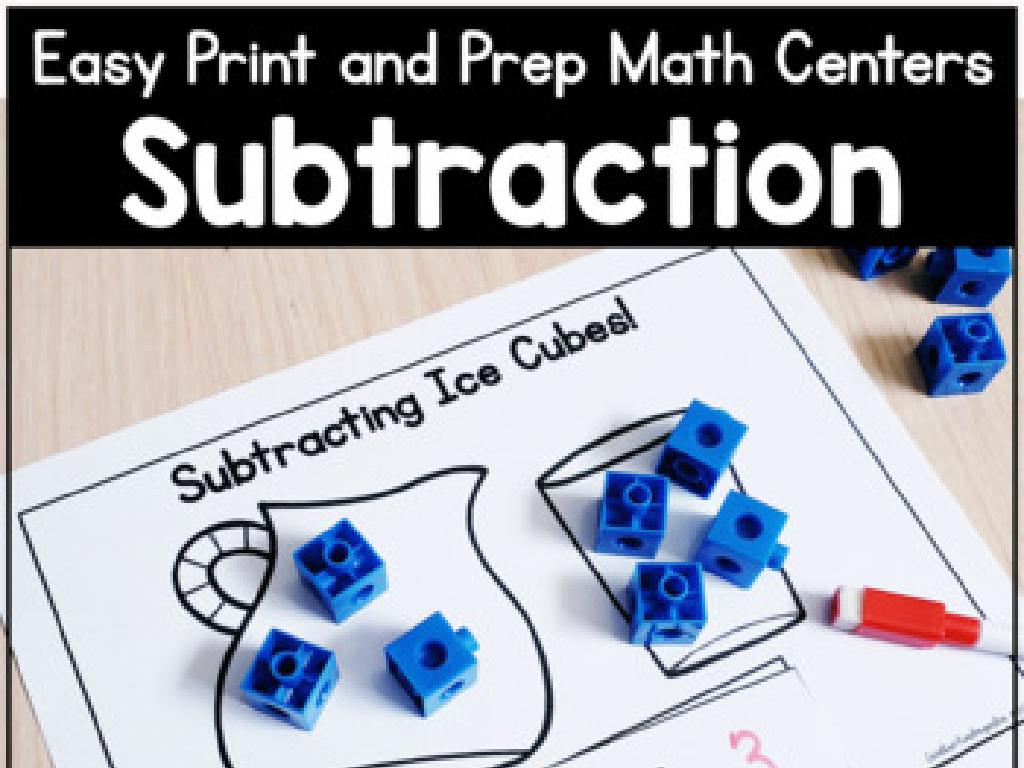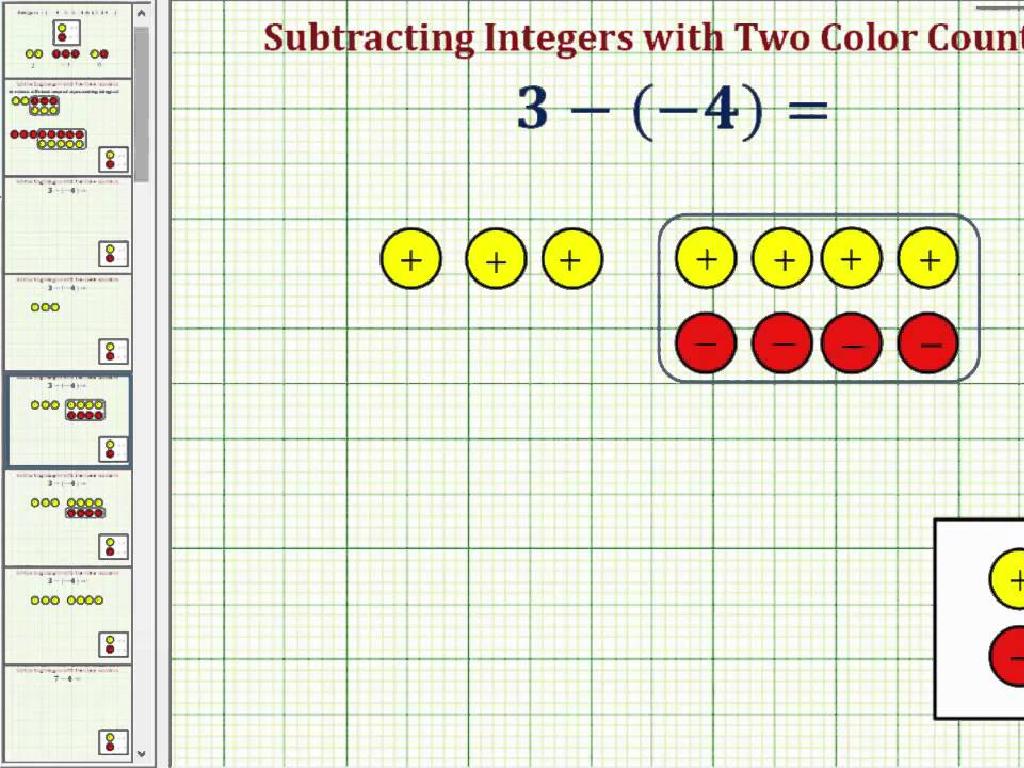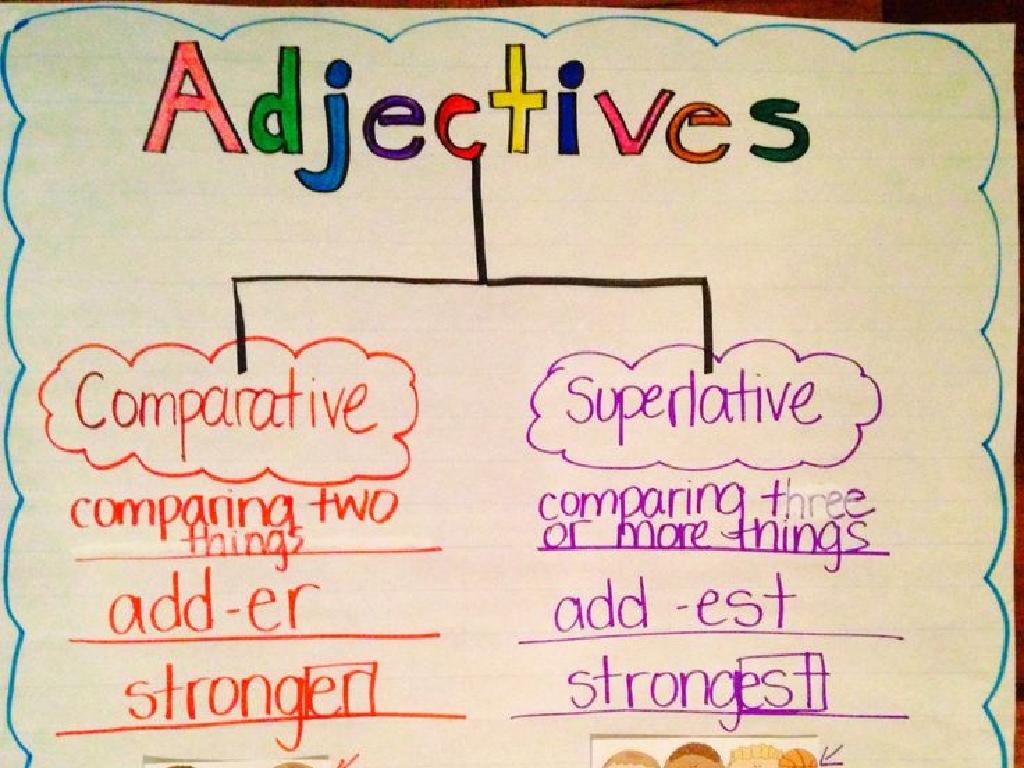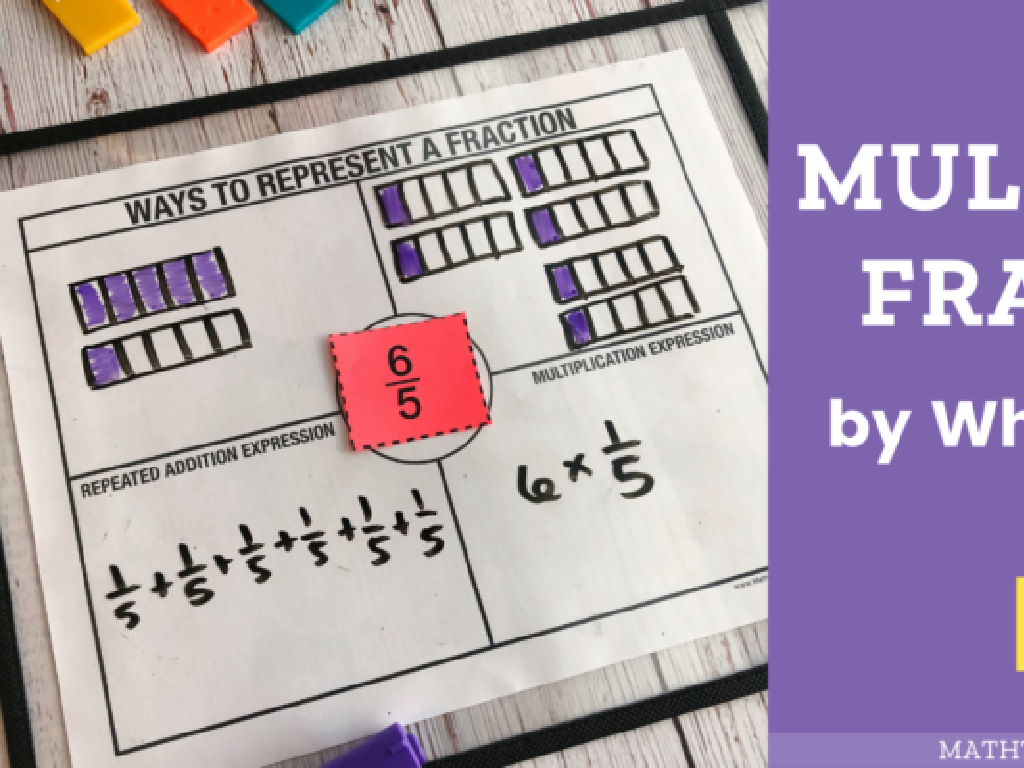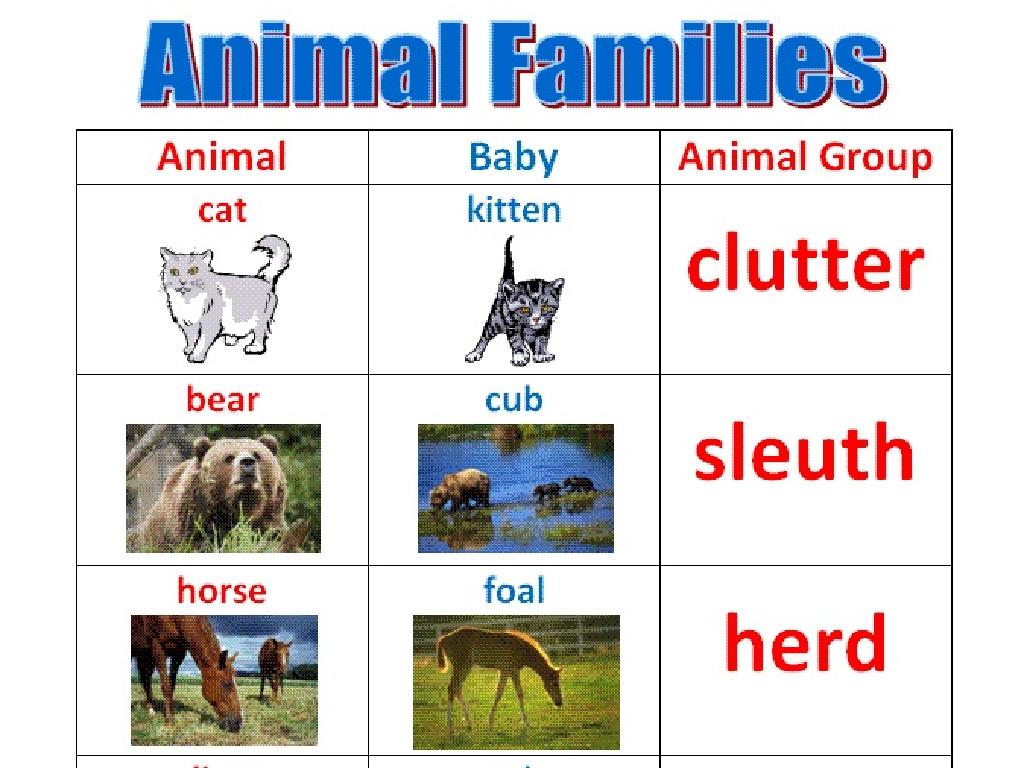Use The Correct Subject Or Verb
Subject: Language arts
Grade: Third grade
Topic: Verb Types
Please LOG IN to download the presentation. Access is available to registered users only.
View More Content
Today’s Adventure: Subject-Verb Agreement!
– Discover the sentence’s heart
– Subjects and verbs are the core of a sentence.
– Learn about subject-verb agreement
– A subject and verb must match in number: He runs, They run.
– Understand why it matters
– Using the correct forms helps us communicate clearly.
– Practice makes perfect
|
This slide introduces the concept of subject-verb agreement, which is crucial for constructing grammatically correct sentences. Emphasize that the subject is the ‘who’ or ‘what’ of the sentence and the verb tells what the subject does. Explain that they must agree in number; singular subjects take singular verbs, and plural subjects take plural verbs. Highlight the importance of this agreement for clear communication. Provide examples and plan for practice activities where students can apply these rules to ensure understanding. Activities can include sentence construction exercises, correcting sentences, and a game where students match subjects to the correct verb forms.
Understanding Subjects in Sentences
– What is a subject?
– The subject is the main focus of a sentence, like ‘The cat’ in ‘The cat runs.’
– Examples of subjects
– ‘Dogs bark’ – ‘Dogs’ is the subject. ‘Teachers teach’ – ‘Teachers’ is the subject.
– Finding subjects in sentences
– Look for who or what is doing the action. That’s your subject!
– Practice identifying subjects
– We’ll do fun activities to spot the subject in different sentences.
|
This slide introduces the concept of the subject in a sentence, which is fundamental for understanding sentence structure. Start by explaining that the subject is the person, place, thing, or idea that the sentence is about. Use simple and relatable examples to illustrate subjects in sentences. Then, guide the students through the process of identifying subjects, emphasizing the action or verb to find who or what is performing it. Finally, engage the students with interactive activities where they can practice finding the subject in various sentences, reinforcing their learning through application.
Exploring Verbs: Action Words!
– Verbs show action or state of being
– Tells us what the subject does or is
– Examples: run, think, is, are
– ‘She runs fast’, ‘They think deeply’
– Find verbs in sentences
– Look for the doing or being word
– Practice time: Your turn!
|
This slide introduces the concept of verbs to third-grade students. Begin by explaining that a verb is a part of speech that describes what a subject is doing or its state of being. Provide clear examples of verbs in both actions like ‘run’ or ‘jump’ and states of being such as ‘is’ or ‘are’. Engage the class by asking them to find verbs in sample sentences you provide. Finally, encourage the students to practice by finding verbs in sentences from their favorite books or in sentences you create for them. This activity will help solidify their understanding of verbs and how they function within a sentence.
Matching Subjects and Verbs
– Singular subjects match singular verbs
– If the subject is one person or thing, use a verb that ends in -s
– Plural subjects match plural verbs
– If the subject is more than one, use a verb without -s
– Practice matching subjects and verbs
– Examples: He runs, They run
– ‘He runs’ is correct because ‘he’ is singular, ‘They run’ is correct because ‘they’ is plural
|
This slide introduces the basic concept of subject-verb agreement to third-grade students. Emphasize the importance of matching the verb to the subject in number (singular or plural). Use simple examples to illustrate the point. For singular subjects, verbs often end in -s, like ‘runs’ or ‘jumps.’ For plural subjects, the verb does not end in -s, like ‘run’ or ‘jump.’ During the class, engage students with exercises where they choose the correct verb to match the subject. This practice will help them understand and apply the rules of subject-verb agreement in their writing and speaking.
Subject-Verb Agreement Rules
– Singular subjects need singular verbs
– If the subject is one thing, use a verb that is for one (e.g., The dog runs.)
– Plural subjects must have plural verbs
– When the subject is more than one, use a verb that is for many (e.g., The dogs run.)
– Ignore extra words between subject and verb
– Words like ‘with’, ‘including’, ‘as well as’, do not affect the verb (e.g., The dog, along with the cats, runs.)
|
This slide introduces the basic rules of subject-verb agreement, which is a cornerstone of proper grammar in English. Rule 1 emphasizes that a singular subject, which refers to one person, place, thing, or idea, should be accompanied by a singular verb. Rule 2 states that plural subjects, referring to more than one entity, should have verbs in plural form. Rule 3 warns students not to be confused by phrases or clauses that come between the subject and verb; these do not change the number of the subject. Provide examples for each rule to ensure understanding. Encourage students to practice by creating sentences and identifying subjects and verbs. Use exercises where they choose the correct verb form to match the subject.
Let’s Practice Together: Subject-Verb Agreement
– Match subjects with the right verbs
– Singular subjects need singular verbs; plural subjects need plural verbs.
– Fix sentences with subject-verb errors
– Find the mistakes: ‘She run fast’ should be ‘She runs fast’.
– Craft sentences with correct agreement
– Use your imagination to make up new sentences.
– Understand why agreement is important
|
This slide is designed for a class activity focused on subject-verb agreement. Start by explaining that the verb must agree in number with the subject (singular or plural). Then, have students practice by matching subjects to the correct form of the verb. Next, provide sentences with common subject-verb mistakes and ask students to correct them. Encourage students to create their own sentences, ensuring they have the correct subject-verb agreement. Emphasize the importance of this agreement for clear communication. For the activity, consider breaking the class into small groups to encourage collaboration. Possible activities: 1) Verb matching game, 2) Sentence correction relay, 3) Creative sentence formation, 4) Peer review of sentences, 5) Group presentation of corrected sentences.
Class Activity: Verb Hunt
– Find subjects and verbs in a book
– Pair up to compare findings
– Ensure subjects and verbs agree
Does the subject and verb match in number?
– Share discoveries with the class
|
This interactive class activity is designed to help students recognize and understand subject-verb agreement within sentences. Students should each choose their favorite book and look for sentences, identifying the subject and the verb in each one. They will then pair up with a classmate to discuss their findings, ensuring that the subjects and verbs agree in number (singular or plural). This peer review process will reinforce their understanding through collaboration. Finally, students will share interesting sentences they’ve found with the class, fostering a group discussion on subject-verb agreement. As a teacher, prepare to guide them with examples of correct and incorrect agreement, and be ready to answer any questions that arise during the activity.
Mastering Subject-Verb Agreement
– Why subject-verb agreement matters
– It makes our sentences sound correct and clear.
– Improving our writing skills
– Using the right verb helps readers understand our stories and messages.
– Get ready for the next adventure
|
As we wrap up our lesson on subject-verb agreement, it’s crucial to emphasize to the students how using the correct verb forms makes their sentences clear and understandable. This understanding is fundamental to writing coherent and grammatically correct sentences, which is an essential skill in all writing activities. Highlight examples from the lesson to show how mismatched subjects and verbs can lead to confusion. Encourage students to always check their work for agreement errors. Looking ahead, let the students know that this knowledge will be a stepping stone to more exciting Language Arts topics, fostering a sense of anticipation and enthusiasm for future lessons.

